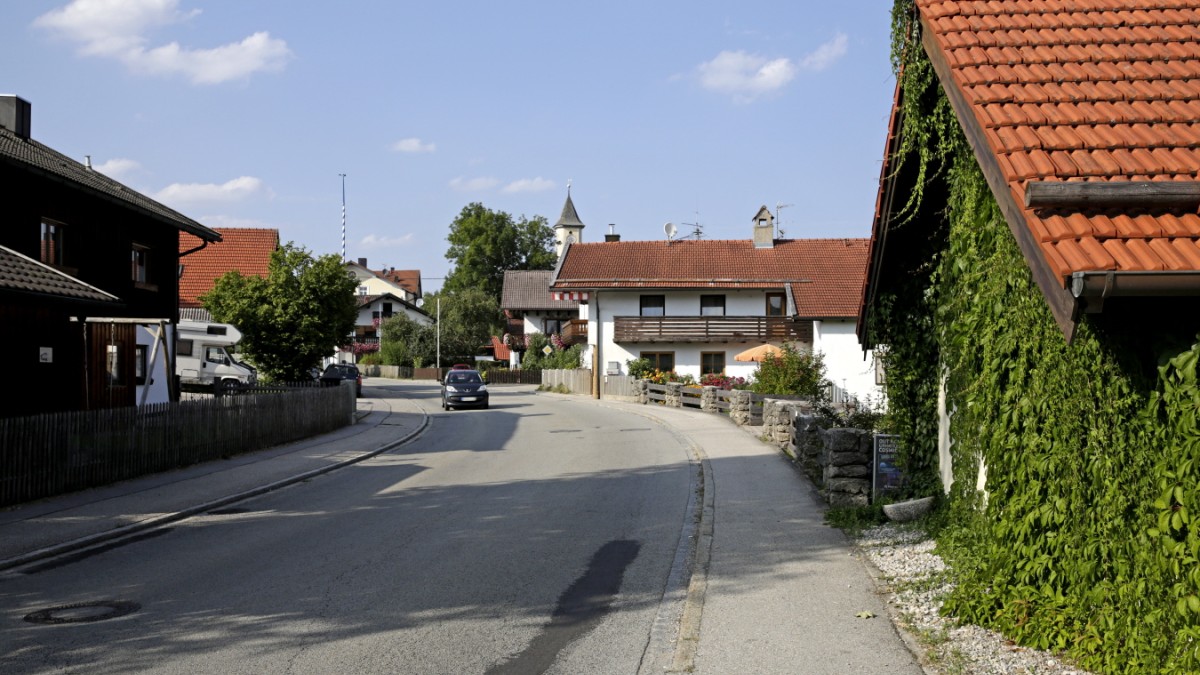Egling – a larger space for modern architecture – Bad Tölz-Wolfratshausen

Herent and drent could not be any more different: although the municipalities of Icking and Egling are located roughly at the same height along Isar, both are on the borders of the municipality of Munich and thus face what the settlement pressure causes in the foreground, the municipalities are left behind When you drive or walk in one go completely different impressions: While Icking, with the exception of a few areas, features villa buildings of very different architectural styles, Egling and its districts have a distinctly rustic Bavarian character. And according to the will of society, it must remain that way, despite all the pressures of influx and settlement.
Many years of discussion were necessary before Egling passed the Local Design Act at the end of 2014, which relaxed the strict regulations that had been in place since 1999. Now the city council has modified and reorganized the site’s design. This was passed unanimously at the last meeting of the Municipal Council.
Mayor Hubert Oberhauser (Free Voters) says: “On the one hand, the reorganization involves simplifying and defining conditions, and on the other hand, some things have to be relaxed a little.” In short: we want to create more opportunities for construction contractors. In October last year, the local council backed down and discussed changes to the statute. “The basic idea of local building regulations for site planning and parking spaces has been retained,” explains the mayor.
In terms of planning and design, the municipality wants to preserve and improve its traditional appearance in the streets, town and landscapes of the future when necessary, but at the same time open up a little more to the demands of the modern era. When asked for examples, Oberhauser said there is more room to maneuver for glass surfaces and fencing. The mayor of the town hall sums up: “In the past we often had to be free, now it’s more practical.” The modifications apply to existing building areas as well as to new areas to be zoned – and also if these are not strictly residential areas. However, churches and so-called community areas such as schools and industrial areas were excluded. “We changed the focus,” said the mayor, “and now other city centers and regions are seen in a more differentiated way.”
In addition to the scope of application, the new regulations also stipulate the building’s structure, roof shape and pitch, roof surfaces and structures, exterior walls, and coloring. In addition, parking spaces or the number of garages, windows, advertising systems, and solar systems are organized, as is the design of parts of undeveloped property.

Communicator. Reader. Hipster-friendly introvert. General zombie specialist. Tv trailblazer





